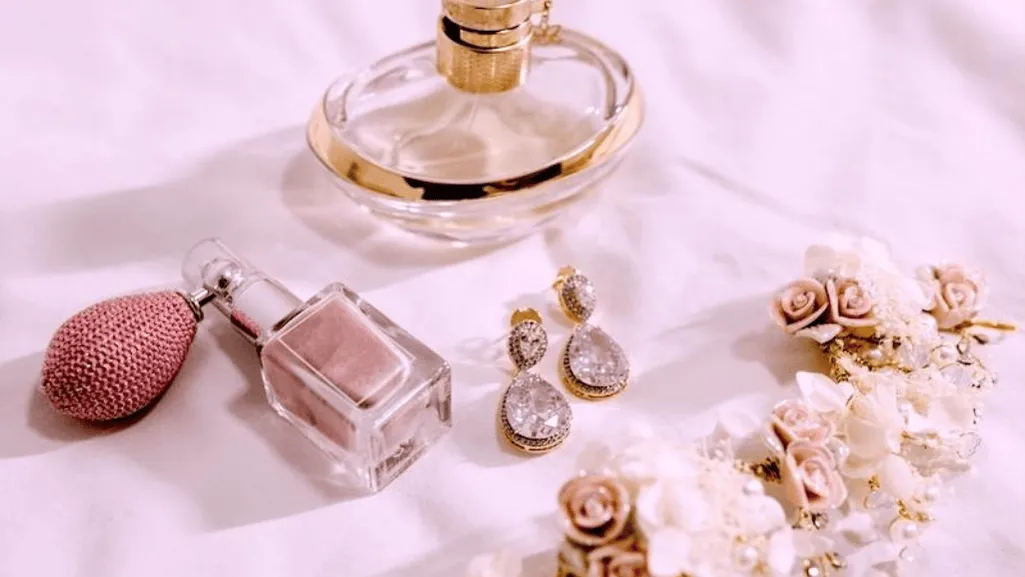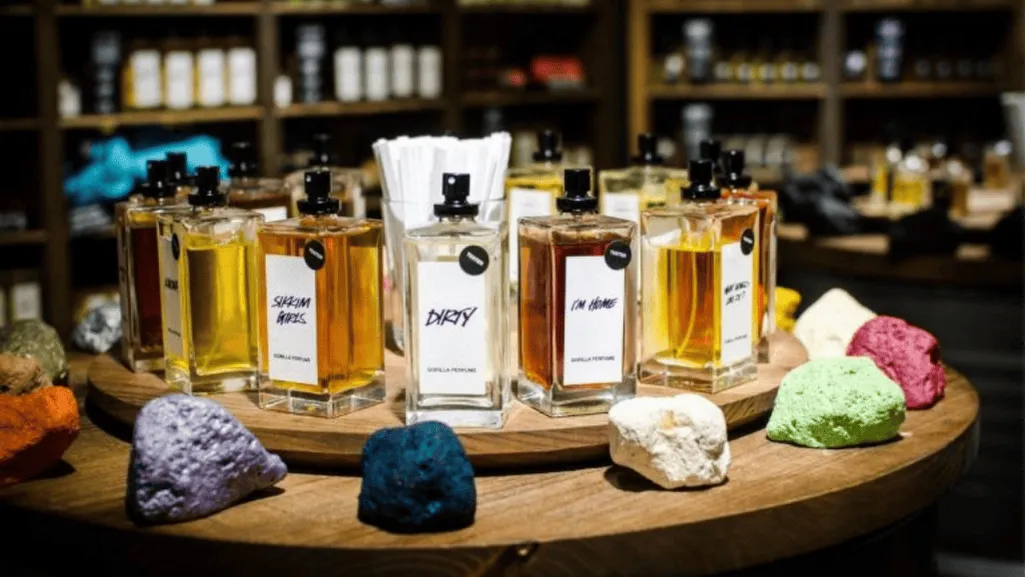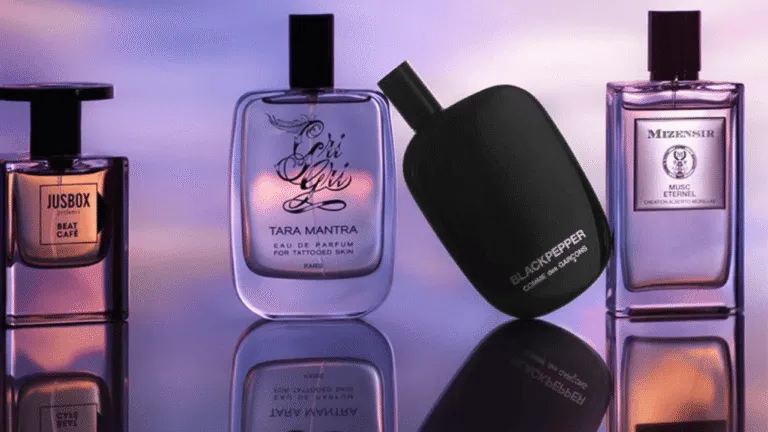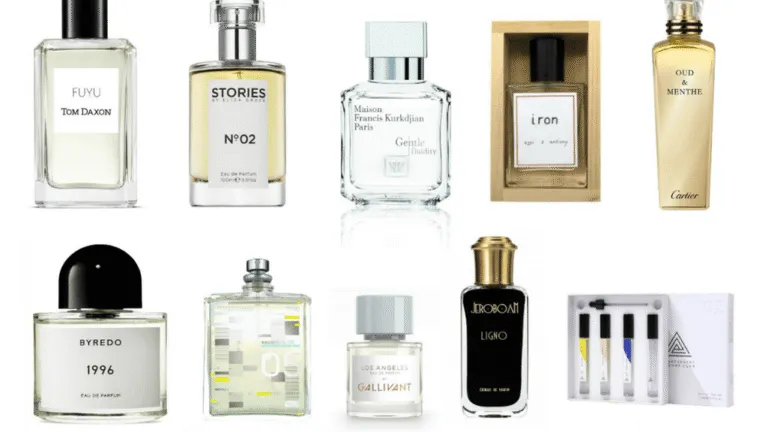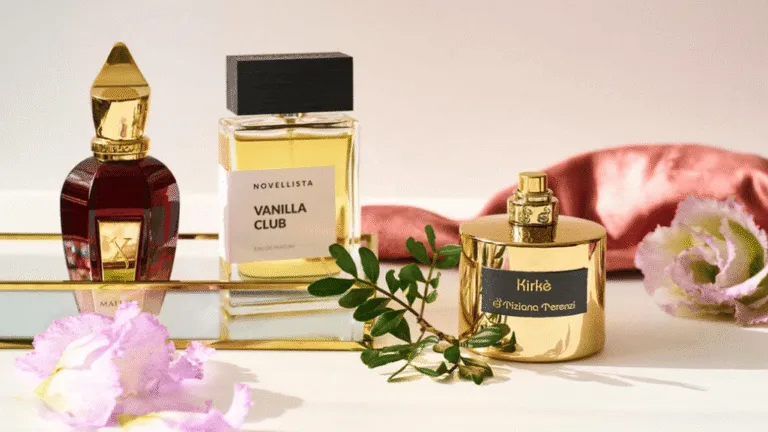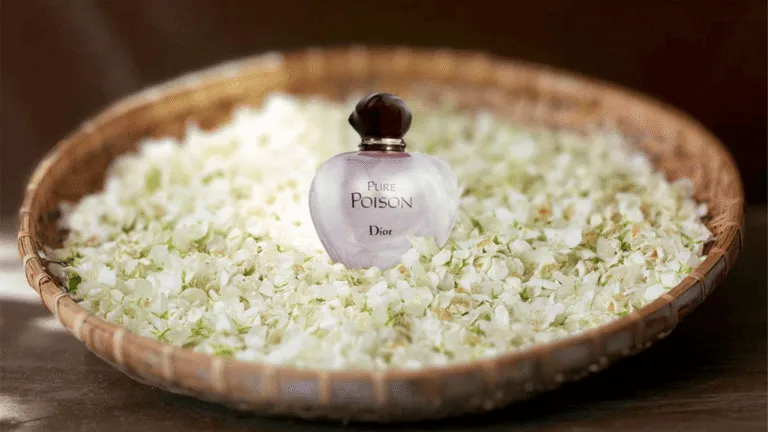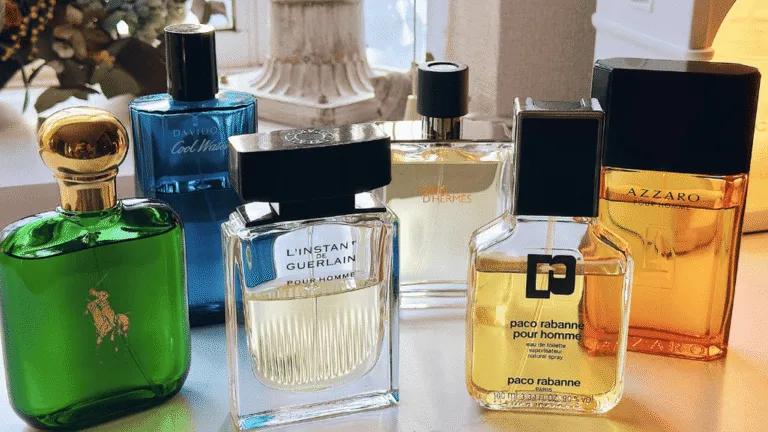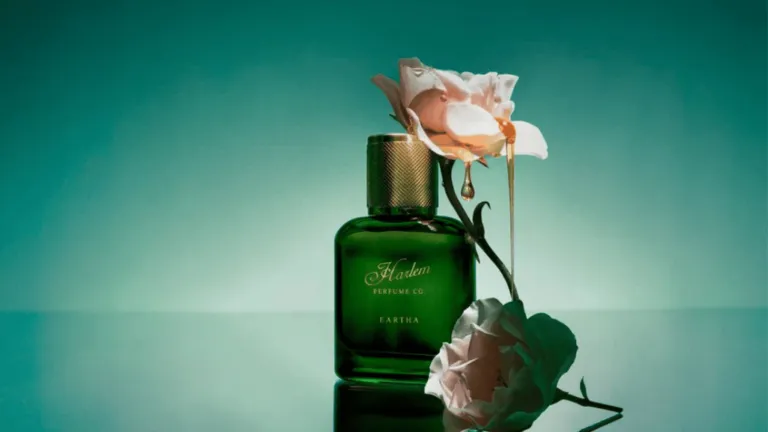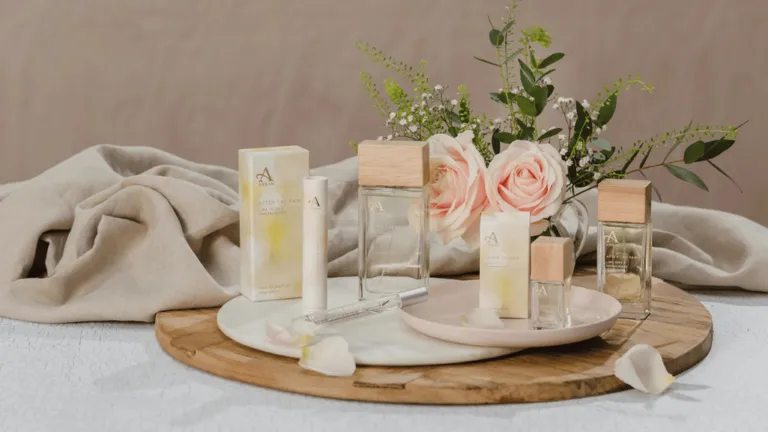Parfums, also known as perfumes, What is Parfums are fragrances created through a delicate and intricate blending process. They trace their origins back to ancient civilizations where fragrant oils were used in rituals and ceremonies. The art of perfumery has evolved over time, with perfumers, known as “noses,” crafting unique compositions that evoke emotion and leave a lasting impression. Parfums are expressions of history, artistry, and personal style, offering a sensory journey of discovery and delight.
Key Takeaways:
- Parfums are fragrances created through a delicate blending process and have a rich history dating back to ancient civilizations.
- Perfumers, known as “noses,” craft unique compositions that evoke emotion and leave a lasting impression.
- Parfums are expressions of history, artistry, and personal style.
- Parfums offer a sensory journey of discovery and delight.
- Understanding parfums allows individuals to explore the transformative power of scent.
What is Parfums
 The terms “parfums” and “perfumes” are often used interchangeably, but there is a subtle difference between the two. Parfums typically contain a higher concentration of fragrance oils, making them more long-lasting and intense compared to perfumes. While both parfums and perfumes are categorized as fragrances, the variation in their composition affects their strength and longevity.
The terms “parfums” and “perfumes” are often used interchangeably, but there is a subtle difference between the two. Parfums typically contain a higher concentration of fragrance oils, making them more long-lasting and intense compared to perfumes. While both parfums and perfumes are categorized as fragrances, the variation in their composition affects their strength and longevity.
Parfums, also known as parfum extrait, are the most concentrated form of fragrance, with the highest percentage of fragrance oils. Due to their rich concentration, a small amount of parfum goes a long way, providing a full-bodied and long-lasting scent experience that can linger on the skin for hours. Parfums are ideal for special occasions or when a strong, distinctive fragrance is desired.
Eau de parfum (EDP) is a slightly less concentrated version of parfum, containing a lower percentage of fragrance oils. While it is still long-lasting, the scent may not be as potent or intense as parfum. EDP is a popular choice for everyday wear, offering a balanced combination of longevity and projection.
Eau de toilette (EDT) is a lighter and less concentrated form of fragrance, with a lower percentage of fragrance oils compared to parfum and EDP. EDT fragrances generally have a more subtle scent that fades more quickly on the skin. However, they are often more affordable and suitable for regular use or when a lighter touch of fragrance is desired.
Types of Parfums:
- Parfum Extrait: The most concentrated and long-lasting form of fragrance, perfect for special occasions.
- Eau de Parfum (EDP): A balanced option for everyday wear, providing longevity and projection.
- Eau de Toilette (EDT): A lighter and more affordable choice for regular use or when a lighter touch of fragrance is desired.
When choosing between parfums and perfumes, it’s essential to consider your personal preference, the occasion, and the desired intensity of the scent. Each type offers a unique olfactory experience, allowing individuals to express their style and leave a lasting impression.
A parfum guide can be a helpful resource for individuals seeking more information on the different types of parfums available, their composition, and the recommended usage. It can assist in navigating through the vast array of fragrances and finding the perfect parfum that aligns with your preferences and personality.
Explore the enchanting world of parfums and discover the transformative power of scent.
| Category | Parfums | Perfumes |
|---|---|---|
| Concentration of Fragrance Oils | High | Varies |
| Longevity | Long-lasting | Varies |
| Intensity | Intense | Varies |
| Suitable for | Special occasions, desired strong scent | Everyday wear, varying intensity preferences |
The Composition of Parfums: Ingredients and Artistry

Parfums are meticulously crafted using a diverse array of ingredients, combining natural extracts, synthetic compounds, and essential oils. This fusion of elements is an artistic endeavor, requiring the expertise and creativity of perfumers to achieve a harmonious composition.
Traditional parfums are often composed of three layers: top, middle, and base notes. This layering technique creates a multi-dimensional fragrance experience that evolves over time. The top notes provide the initial impression, typically consisting of fresh and light scents. As the parfum settles, the middle notes emerge, adding depth and complexity with floral, fruity, or spicy aromas. Finally, the base notes anchor the fragrance, leaving a lingering impression of woody, musky, or oriental tones.
Let’s take a closer look at some common ingredients used in parfums:
- Floral Notes: Parfums often feature the delicate and enchanting scents of flowers like jasmine, rose, lily, and lavender. These floral notes lend an elegant and romantic touch to the composition.
- Fruity Notes: Citrus fruits, such as bergamot, lemon, and grapefruit, are frequently used to infuse parfums with a refreshing and energizing burst. Other fruity ingredients like berries, melons, and apples can add a playful and juicy essence.
- Woody Notes: From the warm and earthy aroma of sandalwood to the rich and sensual scent of cedarwood, woody notes provide depth and sophistication to parfums. They often evoke a sense of nature and serenity.
- Spicy Notes: Ingredients like cinnamon, clove, and cardamom bring a touch of spice and intrigue to parfums. These elements create a captivating and alluring olfactory experience.
Perfumers carefully select and combine these ingredients, considering their individual characteristics, olfactory profiles, and proportions to achieve a fragrance that is both captivating and harmonious. This meticulous process is a true testament to the artistry and skill of perfumers in creating unique and unforgettable parfums.
The Enchanting World of Parfums: Fragrance Families and Notes

Parfums are a captivating exploration into the world of fragrance, offering a sensory experience that goes beyond a mere pleasant scent. To truly appreciate and navigate the diverse realm of parfums, it is essential to understand the concept of fragrance families and notes.
Fragrance Families
- Floral: Delicate and romantic fragrances that capture the essence of blossoms.
- Oriental: Rich and exotic aromas with warm and sensual undertones.
- Citrus: Invigorating and refreshing scents with zesty notes of citrus fruits.
- Woody: Earthy and natural fragrances featuring notes of woods and moss.
- Fresh: Crisp and clean scents reminiscent of the outdoors and nature.
Understanding these fragrance families allows individuals to explore parfums that align with their personal preferences and desired scent profiles.
Fragrance Notes
| Fragrance Family | Example Notes |
|---|---|
| Floral | Rose, Jasmine, Lily |
| Oriental | Vanilla, Amber, Spices |
| Citrus | Lemon, Bergamot, Grapefruit |
| Woody | Sandalwood, Cedar, Patchouli |
| Fresh | Mint, Aquatic, Green leaves |
These fragrance notes form the building blocks of parfums. A floral parfum, for example, may contain notes of rose, jasmine, or lily, while an oriental parfum could feature notes of vanilla, amber, or spices. By understanding the various fragrance notes associated with each family, individuals can select parfums that resonate with their olfactory preferences.
The enchanting world of parfums awaits exploration, offering a multitude of fragrance families and notes to suit every individual’s taste. Embrace the journey and discover the transformative power of scent.
Conclusion
Parfums are more than just fragrances â they are a captivating realm of sensory experiences, deeply rooted in history and intricately crafted with artistry. The world of parfums offers individuals a unique way to express their personal style and evoke emotions through the power of scent.
Understanding the difference between parfums and perfumes, as well as the composition of parfums, empowers individuals to navigate this enchanting world with confidence. Knowing the various fragrance families and notes helps in finding the perfect parfum that resonates with their unique preferences.
Explore the mesmerizing world of parfums and discover the transformative magic they hold. From the delicate floral notes to the warm and exotic woody accords, parfums have the ability to transport you to different places and evoke memories. Dive into this olfactory journey and let parfums awaken your senses.
FAQ
What is the difference between parfums and perfumes?
Parfums typically contain a higher concentration of fragrance oils, making them more long-lasting and intense compared to perfumes.
What are the different types of parfums?
Parfums are categorized into different types, including eau de parfum (EDP), parfum extrait, and eau de toilette (EDT), each varying in strength and longevity.
What ingredients are used in parfums?
Parfums are composed of a wide range of ingredients, including natural extracts, synthetic compounds, and essential oils.
How are parfums composed?
Parfums often feature a complex blend of top, middle, and base notes, creating a multi-dimensional fragrance experience.
What are fragrance families in parfums?
Parfums can be classified into different fragrance families, each characterized by a distinct olfactory profile, such as floral, oriental, citrus, woody, and fresh.

